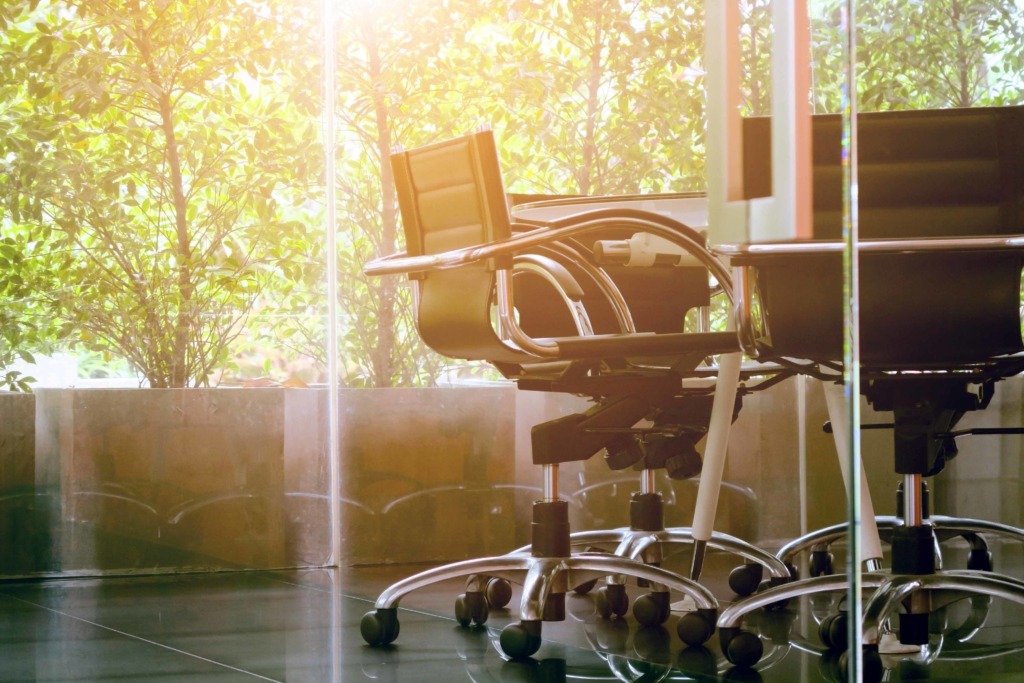Blog
Re-Opening a Non-Essential Business After COVID-19: How to Proceed
This blog post can also be found on our Coronavirus Resource Center.
As the federal government, states, and even individual counties are embroiled in discussions related to re-opening what are considered "non-essential" businesses, employers are asking what they must do to re-open and when they can get started.

When Can a Non-Essential Business Re-Open?
Your individual state and/or county will determine when you can re-open based on a number of varying parameters and gates, such as: levels of case counts, percentage of positive versus negative COVID-19 tests, testing readiness, healthcare system readiness, and others. As this process moves forward, it is very likely that counties and regions within a state will be under different orders depending on local case data. It will be necessary to check state, county, and possibly even city information to know for sure when your local government will allow you to open. Checking with legal counsel is always advisable. Another good source of information is your local health department.
As you prepare, it is also important to remember that if a state or county allows what they consider "non-essential" businesses to open, and any of the indicators mentioned above start to climb, they may again shut down non-essential businesses. Be ready to reapply and retract your methodology as needed. HR measures are beyond the scope of this blog but play a large role in both shutting down and restarting. Be sure to involve HR and HR counsel in designing your program elements.
Has Your Specific "Non-Essential" Business Received the Green Light? Here's How to Proceed
If you are permitted to restart work and have decided that you will do so, then evaluate your specific safety risks and put appropriate controls in place.
How do I conduct a proper risk assessment?
- OSHA has provided these requirements and guidelines for risk levels and controls, and for conducting a hazard assessment.
- Record your hazard assessment as you would with any hazard set.
- You know your risks better than any regulatory agency. During this assessment, make sure you truly explore risks from an employee standpoint and identify potential exposures. For those with an IIPP or other hazard assessment program in place, start with the existing assessment model.
What controls must I have in place?
The CDC has assembled a substantial listing of guidelines and protocolsfor businesses to follow. Your county or state may have developed guidelines that exceed the CDC guidelines, in which case, you will need to follow the most restrictive and local set of guidelines. While required controls will vary from state to state and even county to county, these items will appear on most lists:
- Employees who can work effectively from home should continue to work from home.
- Appoint a program manager or officer to administrate your pandemic protocol and program.
- Require social distancing of at least six feet in the workplace, regardless of workplace type.
- Stagger schedules if necessary to avoid groups arriving and departing all at once.
- Place shielding in areas where distancing is likely to be broken, such as cash registers.
- Do not resume non-essential travel until later phases.
- Utilization of facemasks in the workplace may vary across jurisdictions but many municipalities require them in public areas. Unless you are a healthcare provider, or supplies have rebounded, these will not be N95 masks. OSHA respiratory regulations will still apply in some situations.
- If the general public enters your facility, you must devise ways to keep six feet between individuals or families, such as lines on the floor and limiting the number of patrons allowed in the facility at one time.
- Close common areas such as break rooms to avoid congregating.
- Prevent sharing of drinks, utensils, or any other object not disinfected between users (e.g., tools, computer input devices, phones, etc.).
- Conduct temperature checks and/or other screenings prior to allowing employees to enter the building.
- Ensure ill employees do not come to work, or, if they become ill at work, ensure that they are immediately separated and sent home or for medical care. Remember to call ahead to the medical provider for direction (see CDC guidelines).
- If not already in place, institute:
- Handwashing and sneeze/cough etiquette education and postings.
- Hand sanitizing stations, then ensure they are stocked.
- New posters on the CDC website in multiple languages, then provide education around these items.
- Regular disinfecting of all surfaces, with frequently touched surfaces disinfected more often, and always disinfecting between users.
Other helpful tactics:
- Regarding facemasks, filtering face pieces, and respirators, OSHA has loosened some but not all requirements. Carefully review the OSHA site for these guidelines, or contact your Woodruff Sawyer account team for additional assistance. (Note: Elastomeric half mask respirators never qualify for voluntary use parameters.)
- Controls already required for essential jobs closely match those that will likely be required of non-essential employees as they return to work.
- State and county guidelines will likely match the CDC guidelines but may be more restrictive or require additional documentation.
- The OSHA guidelines document (same as above) gives guidance regarding controls for different levels of exposure.
Some jurisdictions have put into place requirements for a written social distancing and sanitation protocol, which must include several elements, including posting the protocol at public entrances and distributing the protocol to all employees. Read an example of this type of protocol. Be sure you look to see if this protocol outline matches what is being required in your location.
Helpful links:
- Whitehouse.gov
- OSHA: Safety and Health Topics
- CDC Resources for Businesses and Employers
- Your local health department
This resource should assist you and your team with establishing coronavirus-related safety policies and procedures that are specific to your exposures. For additional assistance with this complicated topic, please feel free to contact your Woodruff Sawyer account team or Stephen Glazier directly at sglazier@woodruffsawyer.com.
Author
Table of Contents













